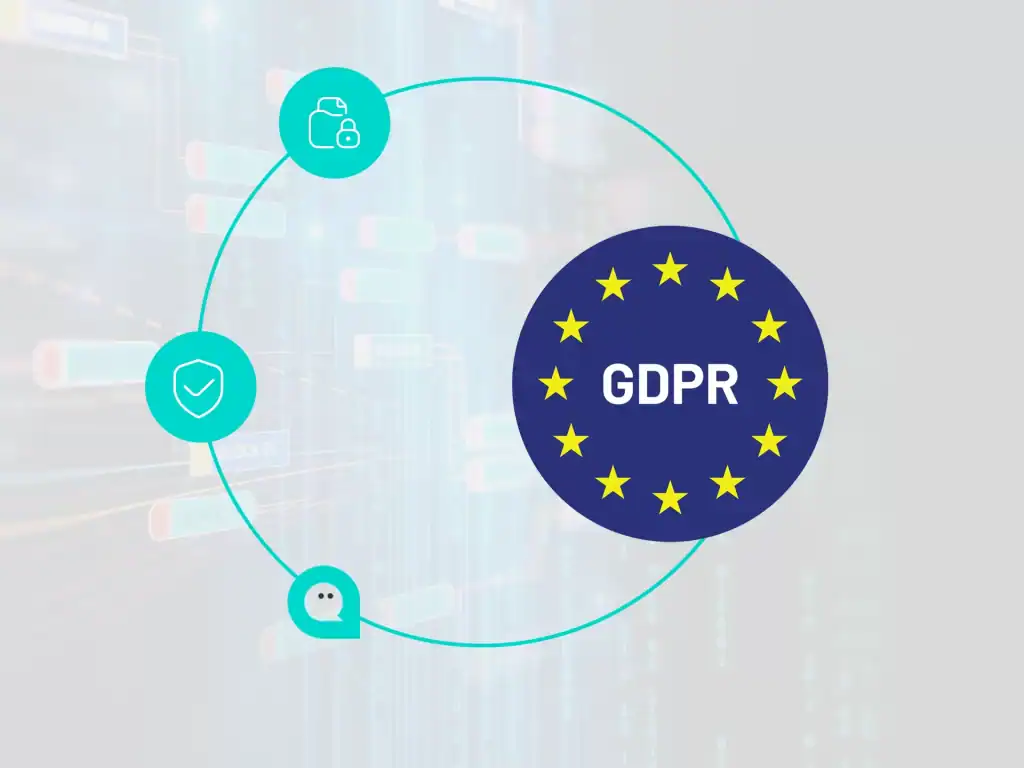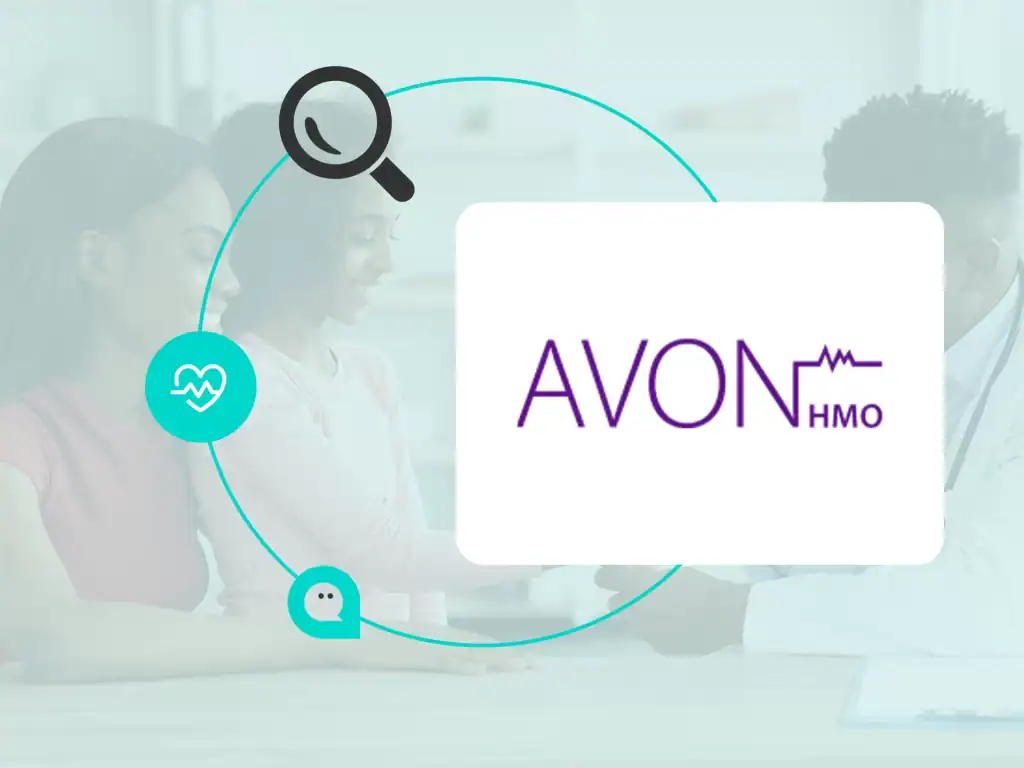For the past few years, Chatbots have become essential tools for companies across all industries, revolutionizing the way we interact with customers. Thanks to artificial intelligence, these software programs not only provide instant support but also improve service efficiency. In this article, we will explore what chatbots are, their various uses, and how they can transform the Customer Experience. We will also examine the limitations of these technologies and present practical examples of chatbots in action. Finally, we will discover how to develop effective Chatbot solutions to maximize their impact on customer service.
What is a Chatbot?
A Chatbot is an AI-based software capable of simulating intelligent conversation with users during a chat. It offers a functional support service through major messaging platforms such as WhatsApp, Telegram, and Facebook Messenger.
What are its possible uses?
Chatbots can be used in various contexts, including:
-
Customer Service: they provide answers to frequently asked questions and solve common issues.
-
Product Recommendations: they help users discover items based on their preferences.
-
Offers and Promotions: they inform users about current discounts and promotions.
-
News and Weather: they provide real-time updates on events and weather conditions.
-
Educational Training: they offer educational support and learning resources.
-
Entertainment: they entertain users with games and quizzes.
The main strength of chatbots is their constant availability, allowing users to receive help and immediate answers. Additionally, they can track the interests, preferences, age, and tastes of the customers they interact with, enhancing the overall experience.
Chatbots and Customer Experience
The use of Chatbots is crucial for improving the Customer Experience. Effectively managing customer service is essential to a company’s success. In fact, the Customer Experience becomes a cornerstone upon which customer satisfaction and loyalty depend.
To improve the overall experience that customers have during their interaction with the company, it is necessary to adopt appropriate technological choices and effective methodologies. The use of Artificial Intelligence, Chatbots, and Virtual Reality can reduce the burden of human interaction, enabling a more immersive digital Customer Experience.
Limitations of Chatbots
Despite their many advantages, Chatbots do have some limitations. Currently, they are not capable of understanding complex semantics and cannot handle metaphorical dialogues, highlighting a key limitation in their functionality. However, once a pattern has been developed, a Chatbot can execute it.
When complexity increases, it is essential to support Chatbots with real agents and operators. If a Chatbot does not have enough elements to handle the conversation, it is automatically forwarded to a human agent, who can continue the dialogue and provide the requested information to the customer.
Examples of Chatbots in action
A practical example is HeyBoss, a Chatbot developed using Google’s Dialogflow and integrated with Facebook Messenger. This Chatbot responded to questions about Bruce Springsteen concerts, demonstrating how Chatbots can provide immediate answers to simple questions.
Another example is the Parrot ChatBot, developed with api.ai and integrated with the XCALLY software.
This Chatbot is always ready to assist tourists looking for information about Turin, such as hotels, museums, and attractions. If a tourist asks for directions, Parrot informs the user to wait and connects them with an available agent, who can manage the conversation via XCALLY’s web interface.
Integrating Chatbots into an omnichannel environment
The main strength of Chatbots, as we’ve seen from the previous examples, is their ability to provide a constantly available service for instant answers to simple questions—but… when complexity increases, Chatbots alone aren’t enough!
For this reason, it’s very useful to support them through an omnichannel system, where, if the chatbot lacks sufficient information to handle the conversation, it is automatically forwarded to an agent, who can continue and provide the customer with the necessary information.
One such solution is the XCALLY Omnichannel Suite, used by Call Centers around the world: it is designed for customer care that involves the use of every available touchpoint (email, chat, voice, social, etc.).
Conclusions and tips for Chatbot development
In conclusion, for those approaching Chatbot development, it is crucial to consider some key aspects:
-
Technology Choice: select the technology most suited to specific needs.
-
Goal Definition: have clear objectives and functions for the Chatbot.
-
Consistency in Style: maintain a uniform voice in interactions.
-
User-Centric Design: always design the interaction with the end user in mind.
-
Testing and Optimization: test, test, and continuously improve the Chatbot to ensure an optimal user experience.
Investing in well-designed Chatbots can significantly transform the Customer Experience, leading to greater customer satisfaction and loyalty.






